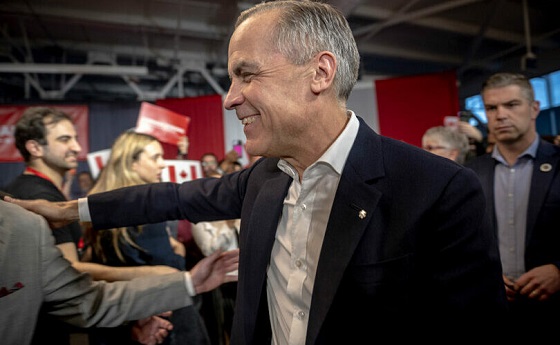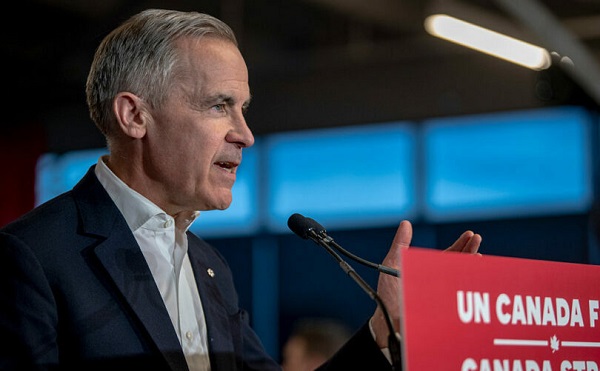Business
Musk Quietly Inserts DOGE Across Federal Agencies In Move That Could Uproot $162,000,000,000 Govt Industry
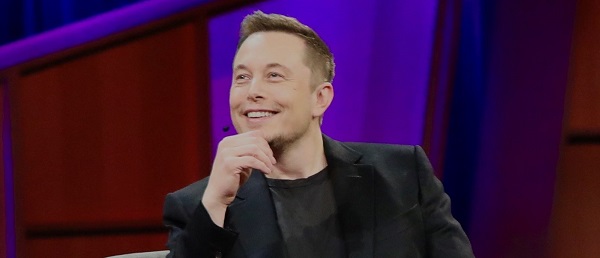

From the Daily Caller News Foundation
By Emily Kopp
As federal employees launched protests of entrepreneur Elon Musk’s disruption of federal agencies last week, the Office of Personnel Management quietly released a memo shoring up the formal structure of the Department of Government Efficiency (DOGE).
An OPM memo dated Feb. 4 seeks the redesignation of chief information officers across the government from career positions to political appointees. OPM has recommended that every agency send a request to OPM to reclassify its CIO role from career reserved to “general” by Feb. 14.
The new CIO positions will be working with DOGE, a source familiar confirmed to The Daily Caller News Foundation.
The new memo gives the greatest detail about how DOGE will operate within the federal government since a Jan. 20 executive order. Yet it has been entirely overlooked by the legacy press, which has relied largely on career officials within the government who characterize DOGE’s actions as extra-governmental. Democrats like New York Rep. Alexandria Ocasio-Cortez have sought to portray the effort as a “coup.”
However, the memo shows that DOGE is attempting to regularize its operations within the federal government.
“It is a focus of President Trump’s administration to improve the government’s digital policy to make government more responsive, transparent, efficient, and accessible to the public, and to make using and understanding government programs easier,” the memo reads.
Unlike most major institutions, the federal government has no central IT department. Instead, IT responsibilities are dispersed across federal agencies which in turn spend billions on contractors and disparate artificial intelligence technologies. Musk’s housecleaning could reshape this $163 billion industry.
DOGE is the renamed U.S. Digital Service. The U.S. Digital Service is a small office within the White House created to build the health care exchanges under the Affordable Care Act and advises on technical strategy. How the DOGE office in the Eisenhower Executive Office Building will liaison with CIOs throughout the government is not yet clear.
A Washington Post report revealed Monday that Edward Coristine, the 19-year-old DOGE team member known online as “Big Balls,” has been stationed at the State Department’s Bureau of Diplomatic Technology. The Bureau of Diplomatic Technology provides IT services.
The memo states that the new DOGE-aligned CIOs will take on a major role in public policy on technology.
The memo gives some insight into what they will prioritize, like improving government procurement policies and privacy, and deprioritize, namely diversity, equity and inclusion (DEI) initiatives.
“Poor technology-procurement policies can endanger property and privacy rights. Inadequate security policies can lead to vulnerabilities and hacks,” it states. “Emphasis on policies like [Diversity, Equity, Inclusion, and Accessibility] siphons labor and resources from other core government objectives.”
The Biden administration helped lay the groundwork for the change. Two earlier OPM memos cited in the Feb. 4 memo broadened the authority of government appointees to look outside of government for highly technical roles, including one released in the final months of the last administration.
A 2018 OPM memo under the first Trump administration noted “severe shortages of candidates and/or critical hiring needs” for STEM and cybersecurity. A September 2024 memo released under the Biden administration noted that “severe shortage of talent” in cybersecurity and other high-tech sectors persisted.
The new memo states that moving certain CIO positions away from career positions could help to alleviate it by dramatically increasing the number of candidates available to fill these important roles.
The move is in keeping with public statements about DOGE made by Musk and former DOGE co-lead and potential Ohio gubernatorial hopeful Vivek Ramaswamy about improving the federal government’s tech infrastructure, including examining the vendors the U.S. government works with and the fact that these systems don’t communicate across agencies.
Musk’s biography on his website X reads “White House Tech support.”
“My preferred title in the new administration is Volunteer IT Consultant,” Musk wrote on X on Dec. 9. “We can’t make government efficient & fix the deficit if the computers don’t work.”
“The federal government is the world’s largest IT customer… In theory, this *should* give us great buying power to negotiate good deals for taxpayers, but of course that’s not what happens,” Ramaswamy said on Dec. 5. “If the federal government were serious about reducing costs, it would procure government-wide licenses.”
Despite the intense focus on DOGE, there has been little discussion of the federal government’s existing methods for managing data and records.
The top five contractors on IT together took in $45 billion in 2024, according to Washington Technology, a trade publication that uses federal procurement data, USASpending.gov and company Security and Exchange Commission filings.
Musk’s SpaceX was the 39th largest federal contractor in government technology at approximately $1 billion. That represents about one third of Musk’s reported $3 billion in contracts with the U.S. government. Musk’s contracts in IT include the delivery of Starlink satellite internet units and services to national and state parks and the State Department, and the provision of a satellite network called Starshield to the U.S. Space Force.
While Musk’s potential conflicts have been in the spotlight, all of the top five current contractors on government IT have either a former government official or member of Congress on their boards of directors, and sometimes multiple government officials. They include a former admiral, a former Pentagon acquisitions official, joint chiefs of staff leadership, a former deputy secretary of defense, and a former chair of the Armed Services Committee.
In addition, all of these companies use various artificial intelligence technologies across all of their federal contracts, many of them non-open source.
Musk and DOGE were dealt a setback on Saturday when District Judge Paul Engelmayer ordered a temporary stop on DOGE’s work with U.S. Treasury data, citing cybersecurity concerns. The suit was filed by New York Attorney General Letitia James and 18 other state attorneys general.
A Washington Post story reported Friday night that Booz Allen Hamilton had described the DOGE team’s access to Treasury data — reportedly “read only” access that doesn’t allow for data manipulation — as “the single greatest insider threat risk the Bureau of Fiscal Services has ever faced.”
The company put out a statement hours after the assessment became public.
“Booz Allen did not conduct a threat assessment or make recommendations regarding DOGE,” a statement read. “Commentary provided in a draft document by a subcontractor contained unsubstantiated personal opinions. … Booz Allen has terminated the subcontractor.”
Booz Allen Hamilton is the government’s fourth largest contractor on IT issues, taking in $8.2 billion in 2024.
Business
Trump demands free passage for American ships through Panama, Suez

 MxM News
MxM News
Quick Hit:
President Donald Trump is pushing for U.S. ships to transit the Panama and Suez canals without paying tolls, arguing the waterways would not exist without America.
Key Details:
-
In a Saturday Truth Social post, Trump said, “American Ships, both Military and Commercial, should be allowed to travel, free of charge, through the Panama and Suez Canals! Those Canals would not exist without the United States of America.”
-
Trump directed Secretary of State Marco Rubio to “immediately take care of, and memorialize” the issue, signaling a potential new diplomatic initiative with Panama and Egypt.
-
The Panama Canal generated about $3.3 billion in toll revenue in fiscal 2023, while the Suez Canal posted a record $9.4 billion. U.S. vessels account for roughly 70% of Panama Canal traffic, according to government figures.
Diving Deeper:
President Donald Trump is pressing for American ships to receive free passage through two of the world’s most critical shipping lanes—the Panama and Suez canals—a move he argues would recognize the United States’ historic role in making both waterways possible. In a post shared Saturday on Truth Social, Trump wrote, “American Ships, both Military and Commercial, should be allowed to travel, free of charge, through the Panama and Suez Canals! Those Canals would not exist without the United States of America.”
— Rapid Response 47 (@RapidResponse47) April 26, 2025
Trump added that he has instructed Secretary of State Marco Rubio to “immediately take care of, and memorialize” the situation. His comments, first reported by FactSet, come as U.S. companies face rising shipping costs, with tolls for major vessels ranging from $200,000 to over $500,000 per Panama Canal crossing, based on canal authority schedules.
The Suez Canal, operated by Egypt, reportedly saw record revenues of $9.4 billion in 2023, largely driven by American and European shipping amid ongoing Red Sea instability. After a surge in attacks by Houthi militants on commercial ships earlier this year, Trump authorized a sustained military campaign targeting missile and drone sites in northern Yemen. The Pentagon said the strikes were part of an effort to “permanently restore freedom of navigation” for global shipping near the Suez Canal.
Trump has framed the military operations as part of a broader strategy to counter Iranian-backed destabilization efforts across the Middle East.
Meanwhile, in Central America, Trump’s administration is working to counter Chinese influence near the Panama Canal. On April 9th, Defense Secretary Pete Hegseth announced an expanded partnership with Panama to bolster canal security, including a memorandum of understanding allowing U.S. warships and support vessels to move “first and free” through the canal. “The Panama Canal is key terrain that must be secured by Panama, with America, and not China,” Hegseth emphasized during a press conference in Panama City.
American commercial shipping has long depended on the canal, which reduces the shipping route between the U.S. East Coast and Asia by nearly 8,000 miles. About 40% of all U.S. container traffic uses the Panama Canal annually, according to the U.S. Maritime Administration.
The United States originally constructed and controlled the Panama Canal following a monumental effort championed by President Theodore Roosevelt in the early 20th century. After backing Panama’s independence from Colombia in 1903, the U.S. secured the rights to build and operate the canal, which opened in 1914. Although U.S. control ended in 1999 under the Torrijos-Carter Treaties, the canal remains vital to U.S. trade.
2025 Federal Election
Columnist warns Carney Liberals will consider a home equity tax on primary residences
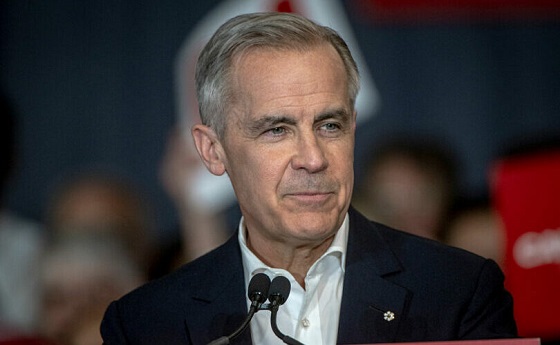
From LifeSiteNews
The Liberals paid a group called Generation Squeeze, led by activist Paul Kershaw, to study how the government could tap into Canadians’ home equity — including their primary residences.
Winnipeg Sun Columnist Kevin Klein is sounding the alarm there is substantial evidence the Carney Liberal Party is considering implementing a home equity tax on Canadians’ primary residences as a potential huge source of funds to bring down the massive national debt their spending created.
Klein wrote in his April 23 column and stated in his accompanying video presentation:
The Canada Mortgage and Housing Corporation (CMHC) — a federal Crown corporation — has investigated the possibility of a home equity tax on more than one occasion, using taxpayer dollars to fund that research. This was not backroom speculation. It was real, documented work.
The Liberals paid a group called Generation Squeeze, led by activist Paul Kershaw, to study how the government could tap into Canadians’ home equity — including their primary residences.
Kershaw, by the way, believes homeowners are “lottery winners” who didn’t earn their wealth but lucked into it. That’s the ideology being advanced to the highest levels of government.
It didn’t stop there. These proposals were presented directly to federal cabinet ministers. That’s on record, and most of those same ministers are now part of Mark Carney’s team as he positions himself as the Liberals’ next leader.
Watch below Klein’s 7-minute, impassionate warning to Canadians about this looming major new tax should the Liberals win Monday’s election.
Klein further adds:
The total home equity held by Canadians is over $4.7 trillion. It’s the largest pool of private wealth in the country. For millions of Canadians — especially baby boomers — it’s the only retirement fund they have. They don’t have big pensions. They have a paid-off house and a hope that it will carry them through their later years. Yet, that’s what Ottawa has quietly been circling.
The Canadian Taxpayer’s Federation has researched this issue and published a report on the alarming amount of new taxation a homeowner equity tax could cost Canadians who sell their homes that have increased in value over the years they have lived in it. It is a shocker!
A Google search on the question, “what is a home equity tax?” returns the response:
A home equity tax, simply put, it’s a proposed levy on the increased value of your home, specifically, on your principal residence. The idea is for Government to raise money by taxing wealth accumulation from rising property values.
The Canadian Taxpayers Federation has provided a Home Equity Tax Calculator Backgrounder to help Canadians understand what the impact of three different types of Home Equity Tax Calculators would have on home owners. The required tax payment resulting from all three is a shocker.
Keep in mind that World Economic Forum policies intend to eventually eliminate all private home ownership and have the state own and control not only all residences, but also eliminate car ownership, and control when and where you may live and travel.
Carney, Trudeau and several other members of the Liberal government in key positions are heavily connected to the WEF.
-

 Alberta2 days ago
Alberta2 days agoGovernments in Alberta should spur homebuilding amid population explosion
-

 International2 days ago
International2 days agoHistory in the making? Trump, Zelensky hold meeting about Ukraine war in Vatican ahead of Francis’ funeral
-

 Alberta2 days ago
Alberta2 days agoLow oil prices could have big consequences for Alberta’s finances
-

 2025 Federal Election2 days ago
2025 Federal Election2 days agoCarney’s budget is worse than Trudeau’s
-
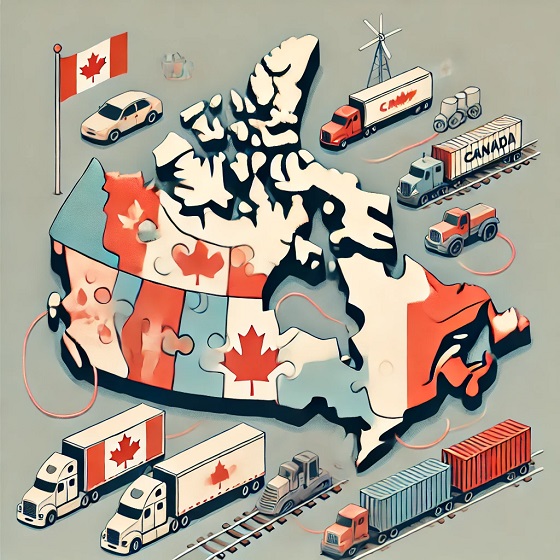
 Business2 days ago
Business2 days agoIt Took Trump To Get Canada Serious About Free Trade With Itself
-
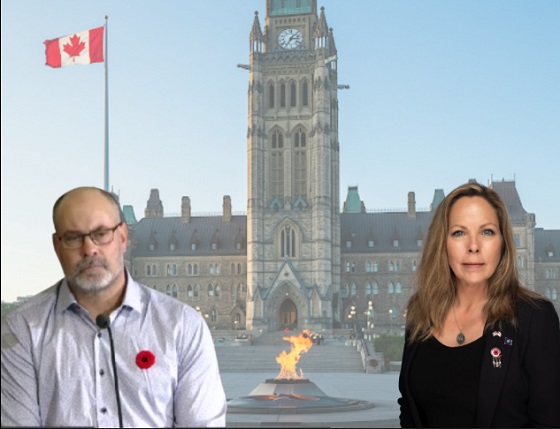
 C2C Journal2 days ago
C2C Journal2 days ago“Freedom of Expression Should Win Every Time”: In Conversation with Freedom Convoy Trial Lawyer Lawrence Greenspon
-

 2025 Federal Election22 hours ago
2025 Federal Election22 hours agoColumnist warns Carney Liberals will consider a home equity tax on primary residences
-
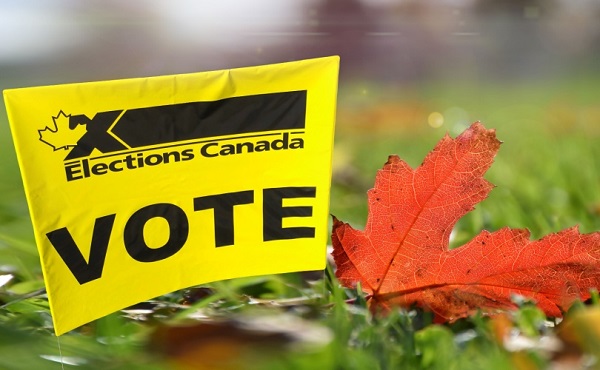
 Opinion1 day ago
Opinion1 day agoCanadians Must Turn Out in Historic Numbers—Following Taiwan’s Example to Defeat PRC Election Interference






